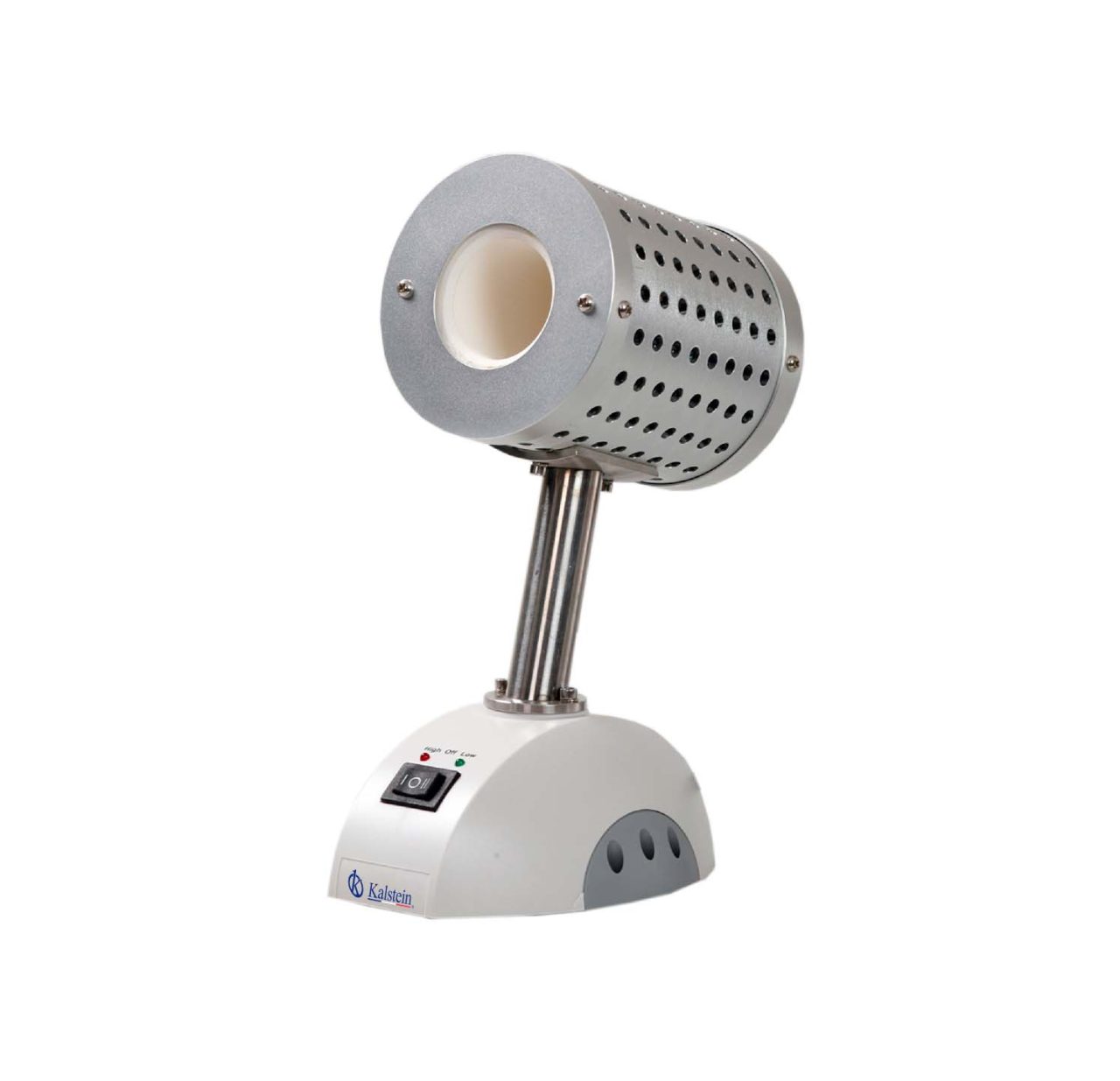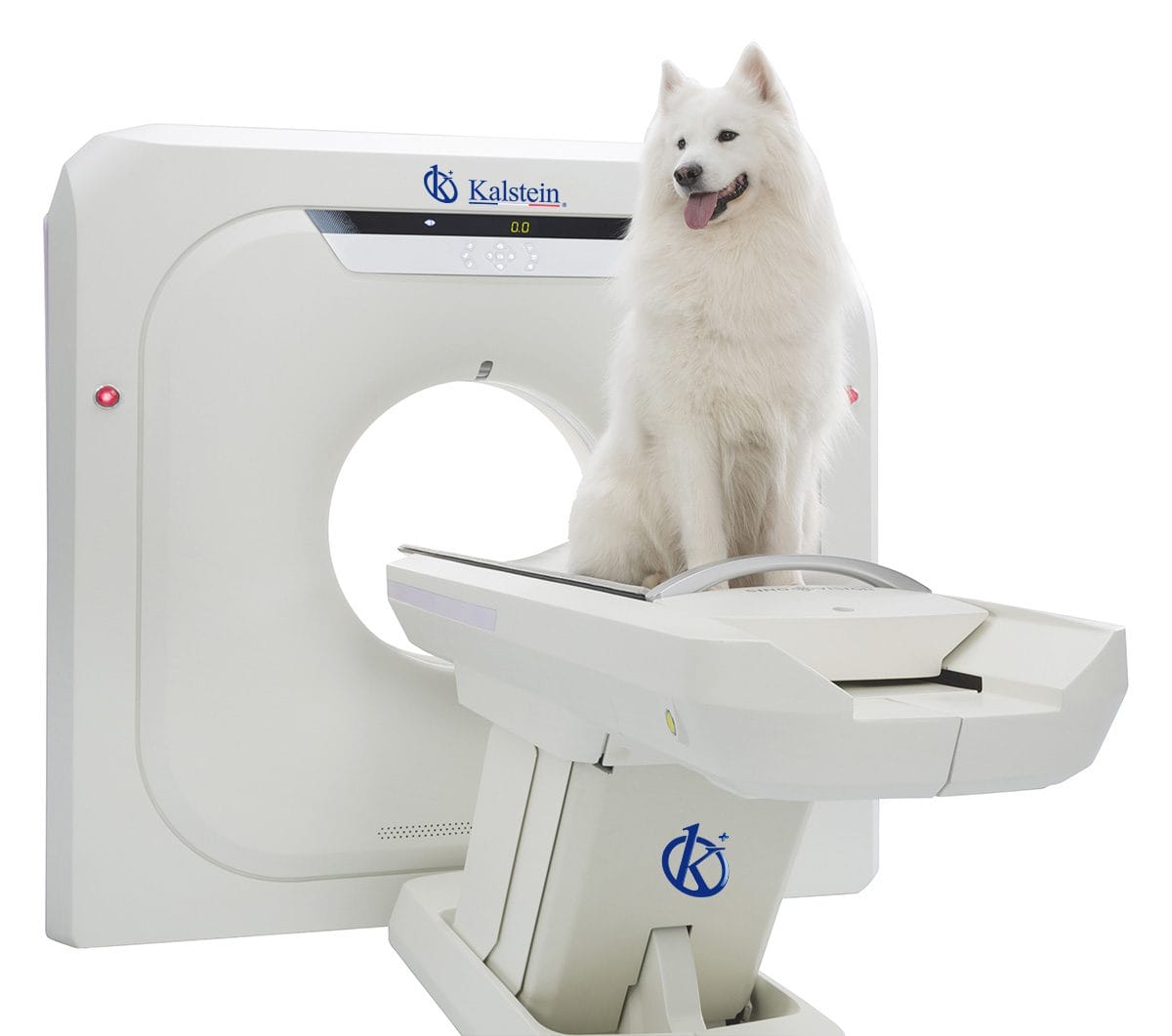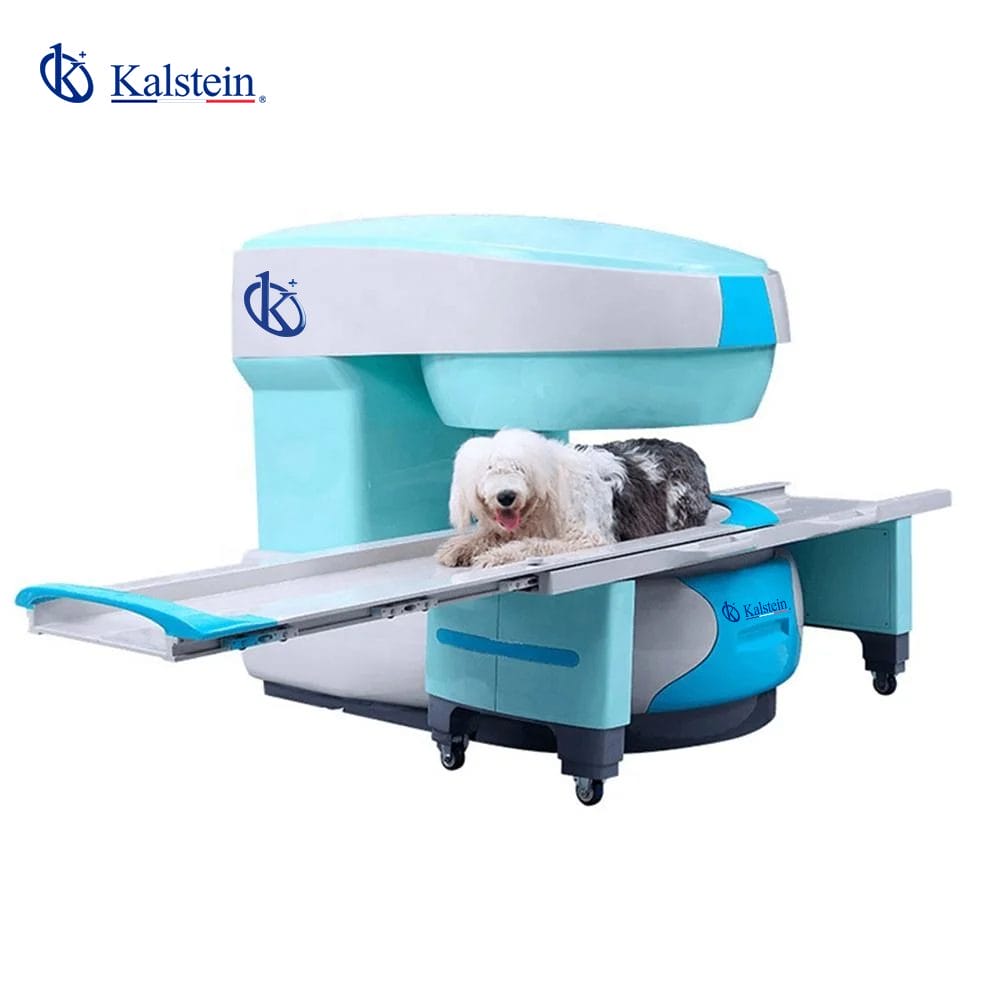The incineration of infectious materials is an alternative to autoclave sterilization only if the incinerator is under control of the same laboratory and has an efficient temperature control and a secondary burn chamber.
The design of the incinerator must avoid that some materials that are not completely destroyed during incineration and the effluents from the chimney can contribute to the contamination of the atmosphere with microorganisms, toxic compounds and smoke. Ideally, the temperature of the main chamber should not be less than 800 °C and the temperature of the secondary chamber, at least 1000 °C.
The sterilization process is one of the most important processes in the medical field, especially laboratory investigations and sample tests. In these cases, sterilization of the instrument is essential to obtain reliable results when performing a test in a laboratory. Each time the work equipment and sterilized samples are not maintained, it costs you valuable time and resources.
Dry heat sterilization
Dry heat is a thermal method of sterilization and its effect on microorganisms is equivalent to baking. The heat changes the microbial proteins by the oxidation reactions and creates an arid internal environment, thus burning the microorganisms slowly.
In this process, all life forms and biological agents are removed from a specific region, such as a surface, a volume of liquid, medications or a compound such as biological culture media. It is very important to affirm that sterilization is a very different process from disinfection and pasteurization. Having a sterile environment in your laboratory is mandatory for accurate results.
The sterilization time must be determined for each type of material, for example in the case of very heat resistant materials, higher temperatures can be used for shorter times.
Advantages and disadvantages
Among the advantages of this sterilization method are that it leaves no residue, and is a fast and economical method. It also allows the sterilization of materials not miscible with water such as powders, oils and fats. Its simple shape, small dimensions and low weight make the device very manageable, being easy to locate anywhere and stored in any drawer of the laboratory.
Its main disadvantage is that it should only be used to sterilize thermostable materials. This is a less efficient process than wet heat sterilization, because microorganisms die more quickly when they are in the presence of water, since this allows them to more easily alter the configuration of their proteins and provides a means to distribute the heat evenly throughout the internal chamber of the sterilization equipment. For this reason, to achieve sterilization of the material using dry heat, higher temperatures must be applied for a longer time.
In Kalstein we have at your disposal different equipment for dry sterilization, we invite you to consult the available equipment HERE



